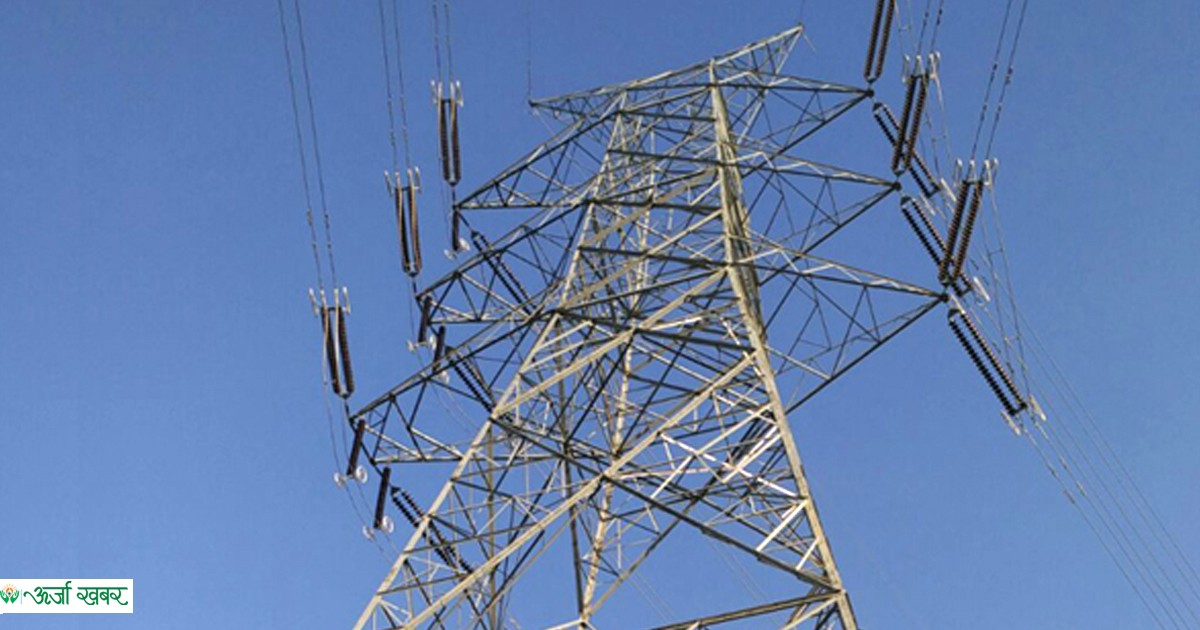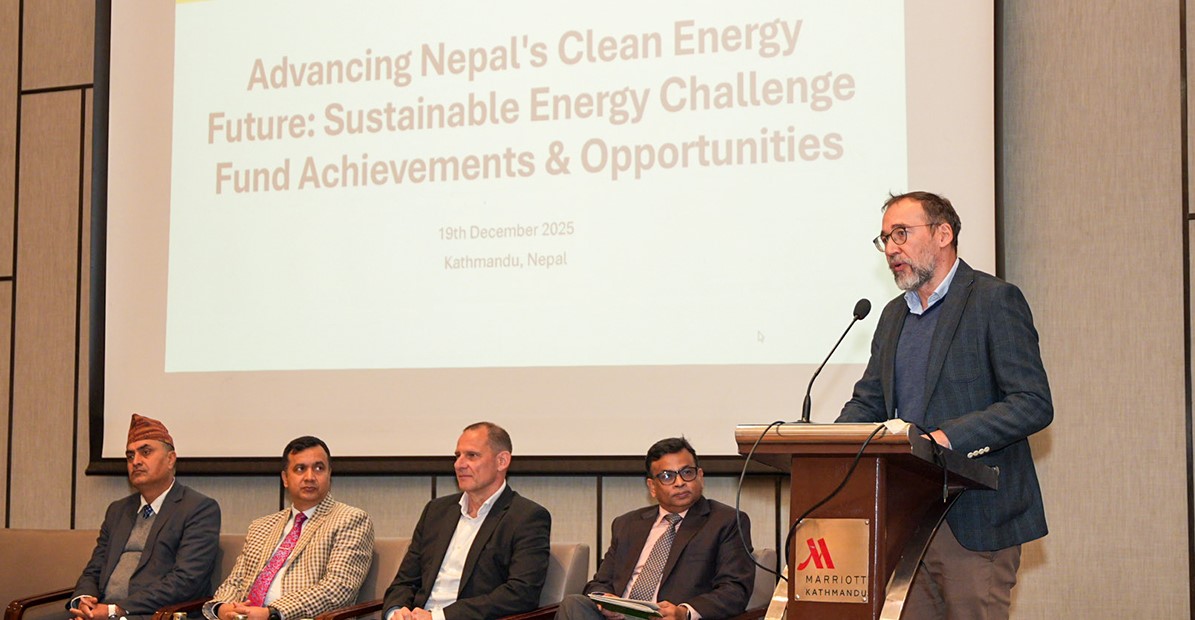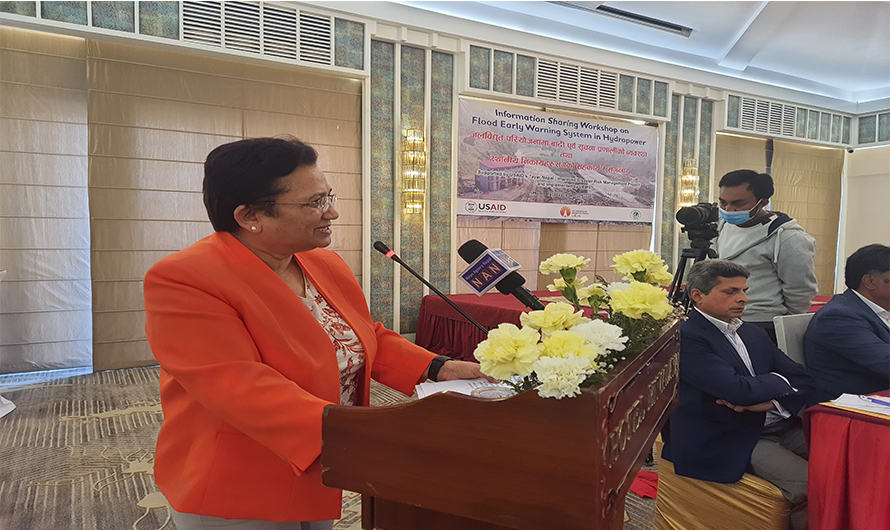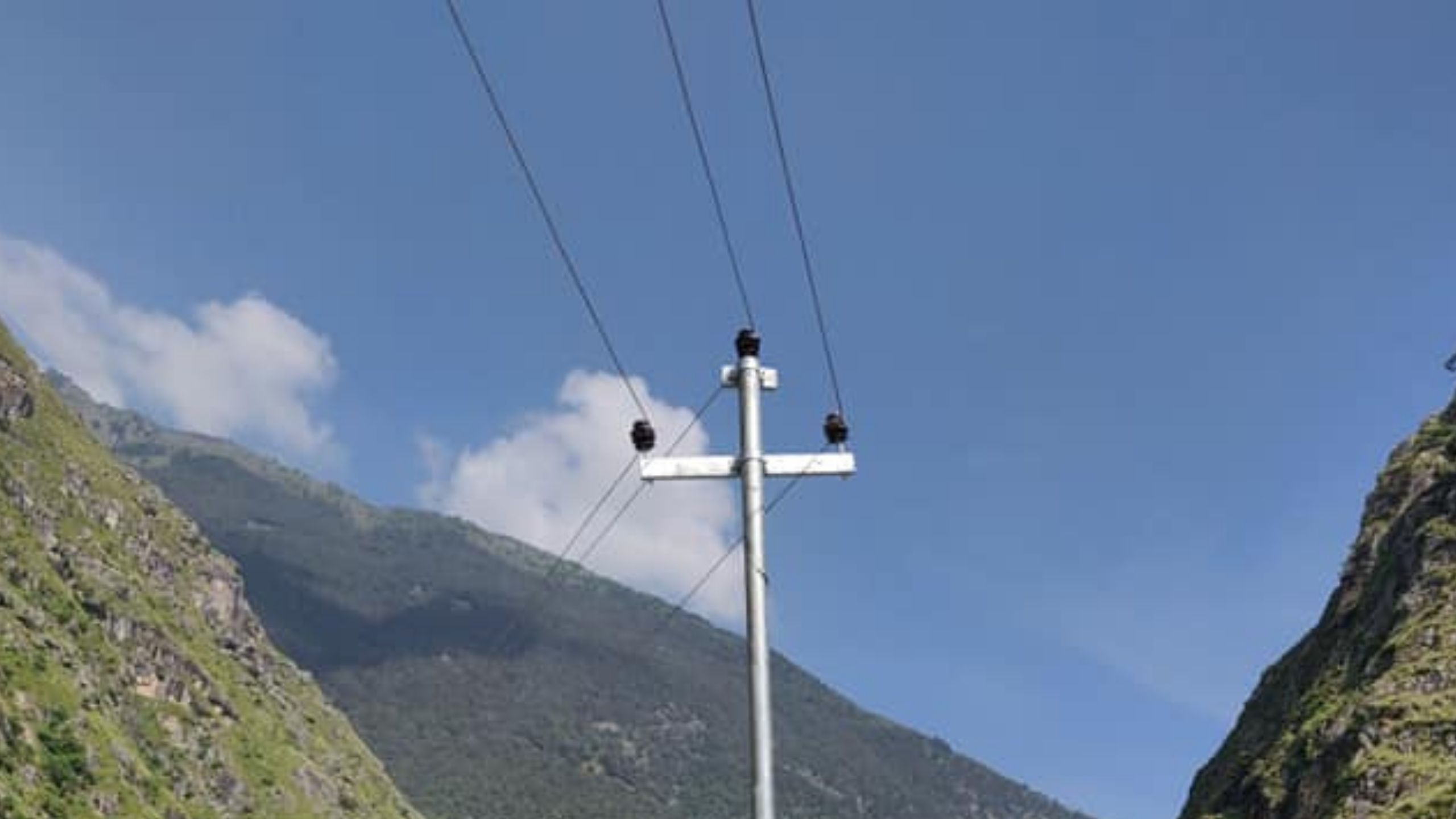Energy Update
The choice that shaped Nepal

Kathmandu: There were two ways Nepal could export electricity to India: First, it could build export-oriented hydropower plants and connect them to dedicated transmission lines for wheeling the electricity to India.
Second, Nepal could build multiple transmission lines and export electricity from several hydropower plants through these common lines. This becomes more of a “grid” rather than a “dedicated” corridor of the first case. Here, Nepal’s power system, rather than specific hydro plants, is interconnected with India.

Nepal chose the second model. Its strategy to export power to India is based on a model of interconnected Nepali and Indian grids. That choice will have a profound impact.
To assess the implications of the choice Nepal has made, it is important to first recognise the distinction between (i) “Participating” in the Indian power market, and (ii) “Gaining entry to participate” in the Indian power markets.

Rules governing operations
Let's start with the point around “participating”. Today, India’s power markets are reasonably robust. Rules governing their operations are stable and protected by India’s broader legal and regulatory institutions. So much so that once the electricity enters India, their power market makes no distinction whether it was domestically produced or imported. An important ruling by India’s Appellate Tribunal for Electricity in the case between Power Trading Corporation of India and the Central Electricity Regulatory Commission (CERC) from February 2009, for example, illustrates this point.
“Once electricity enters the territory of India and is sold to the utilities of India, then the Regulations framed by the Central Commission (i.e., CERC) would begin to apply to the transactions of sale inside India,” the Tribunal stated in its ruling. That judgment required Power Trading Corporation to apply the rules for trading margin on electricity imports from Bhutan in the same way it did for power sourced domestically, irrespective of the fact that the imports from Bhutan represented an agreement between governments.
There will be no discrimination between electricity imported into India and electricity generated domestically. But as the Appellate Tribunal reflected in its 2009 judgment, those rights to fair competition for imports only kick in “once electricity enters the territory of India”. And that brings us to the second point about “gaining entry to participate”.
Who guards the gates, and who provides the approval for the import of power to India? That’s where things begin to get far more political. The government of India guards the gates to imports and exports of electricity.
The Guidelines for Import/Export (Cross Border) of Electricity 2018 that India has adopted states that the government will “appoint a Designated Authority for facilitating the process of approval and laying down the procedure for import/export of electricity”. The Central Electricity Authority (CEA), a government body mandated to discharge several functions of India’s Electricity Act, has been appointed as the designated authority for the import-export of electricity.
Acting in its capacity as the designated authority for imports-exports of electricity, the CEA issued the Procedure for Approval and Facilitating Import/Export (Cross Border) of Electricity in February 2021. The procedure bestows the ultimate authority on cross-border electricity with the government. Clause 6.1 of the procedure reads: “All Import/Export of electricity shall take place only after approval of the Government of India. All such approvals may be reviewed by the Govt of India as and when deemed necessary by it.”
In short, it is the government of India, and not a set of pre-established market rules that determines which plants can export and participate in Indian power markets.
Implications for Nepal
India’s power markets provide Nepal with a great place to profit from electricity exports. In 2022, for example, the Nepal Electricity Authority earned approximately Rs11.2 billion from electricity exports. But the benefits from “participating” in India’s power market come only after Nepal hydropower exports receive the “approval of the government of India” to “participate” and when “electricity enters the territory of India”.
The operating principle for how India will provide those approvals remains unclear. Will those approvals be governed by foreign policy considerations? Will India, for example, block imports from plants that were financed by, built with, or had Chinese involvement?
That uncertainty about the principles governing approval is already taking a toll. Nepal began exporting electricity last year with an initial approval for 40 megawatts from two hydro plants. By November 2022, Nepal had received approval for exports of 409 megawatts. But Nepal has been requesting for approval to export from more hydropower plants. An October 2022 editorial in The Himalayan Times reported that Nepal had not received India’s approval to sell all that it wanted, and that exports could have been significantly higher if those approvals had been granted.
While Nepal can request India for broader approval on exports, as it often does, it is not something over which the country has control or meaningful influence. India determines who can gain entry to participate in Indian power markets based on its prerogative and interests.
Nepal chose the model of exporting energy using common transmission lines that were integrated with the national grid. The consequences of that choice will now emerge, particularly in the context of the uncertainty or prerogative that India exercises on granting plant-by-plant approval for exports.
Nepal already has excess capacity in its power system. New hydropower plants will need to be based, one way or another, on their ability to export power to India. Nepal must seek plant-by-plant approval for export from India. And through this, India now can exert influence on the evolution of Nepal’s power system.
This is where the choice Nepal made on the model for export matters greatly. Had Nepal opted for the option of exporting power through export-oriented hydropower plants using dedicated transmission lines, India’s influence would have been limited to only export-oriented hydro plants. It would not have spilt over to Nepal’s national grid.
Instead, Nepal opted to use common transmission lines for exports integrated with the national grid. As a result, India’s influence now extends over the entire grid, not just to the export-oriented hydropower plants.
This does not mean that India will seek to leverage this influence for other gains, but it does mean that the balance of power in Nepal’s electricity sector has shifted. Nepal’s power sector was a contested space with the governments of India, China and many other foreign powers actively engaged in it.
With India’s new uncontested dominance in Nepal’s electricity sector, geo-political rivalries will spill over to other segments of the country’s political economy. A new era of geo-political complexities looms. Nepal must realign its foreign policy to adjust to this new reality.
Conversation
- Info. Dept. Reg. No. : 254/073/74
- Telephone : +977-1-5321303
- Email : [email protected]














